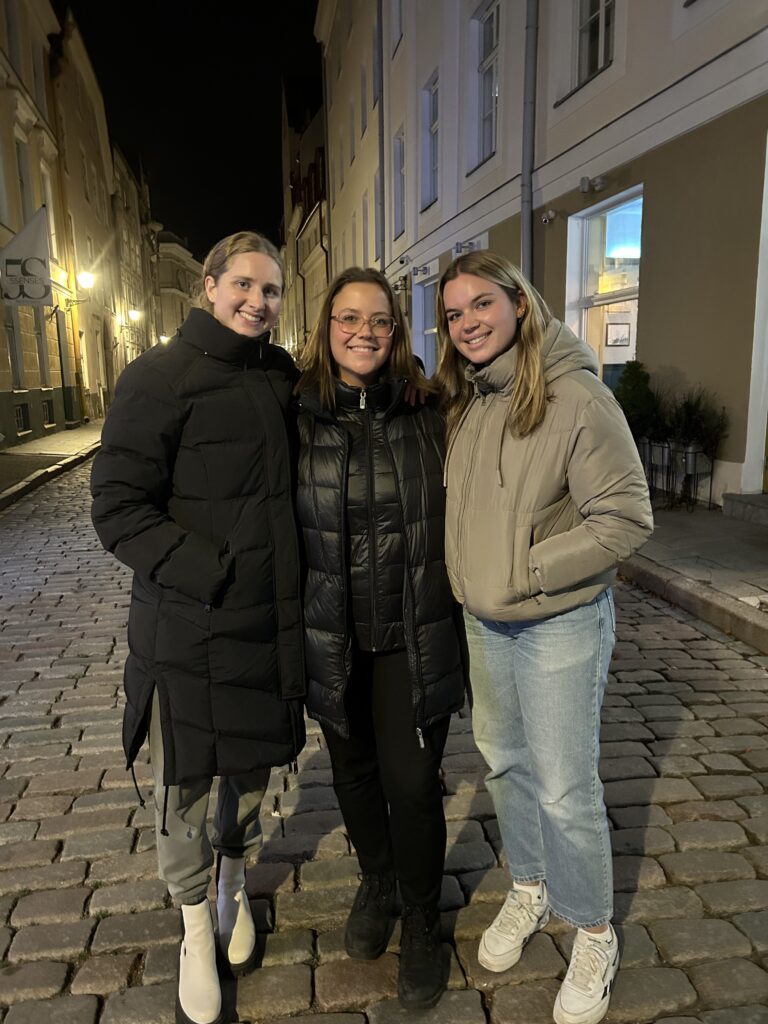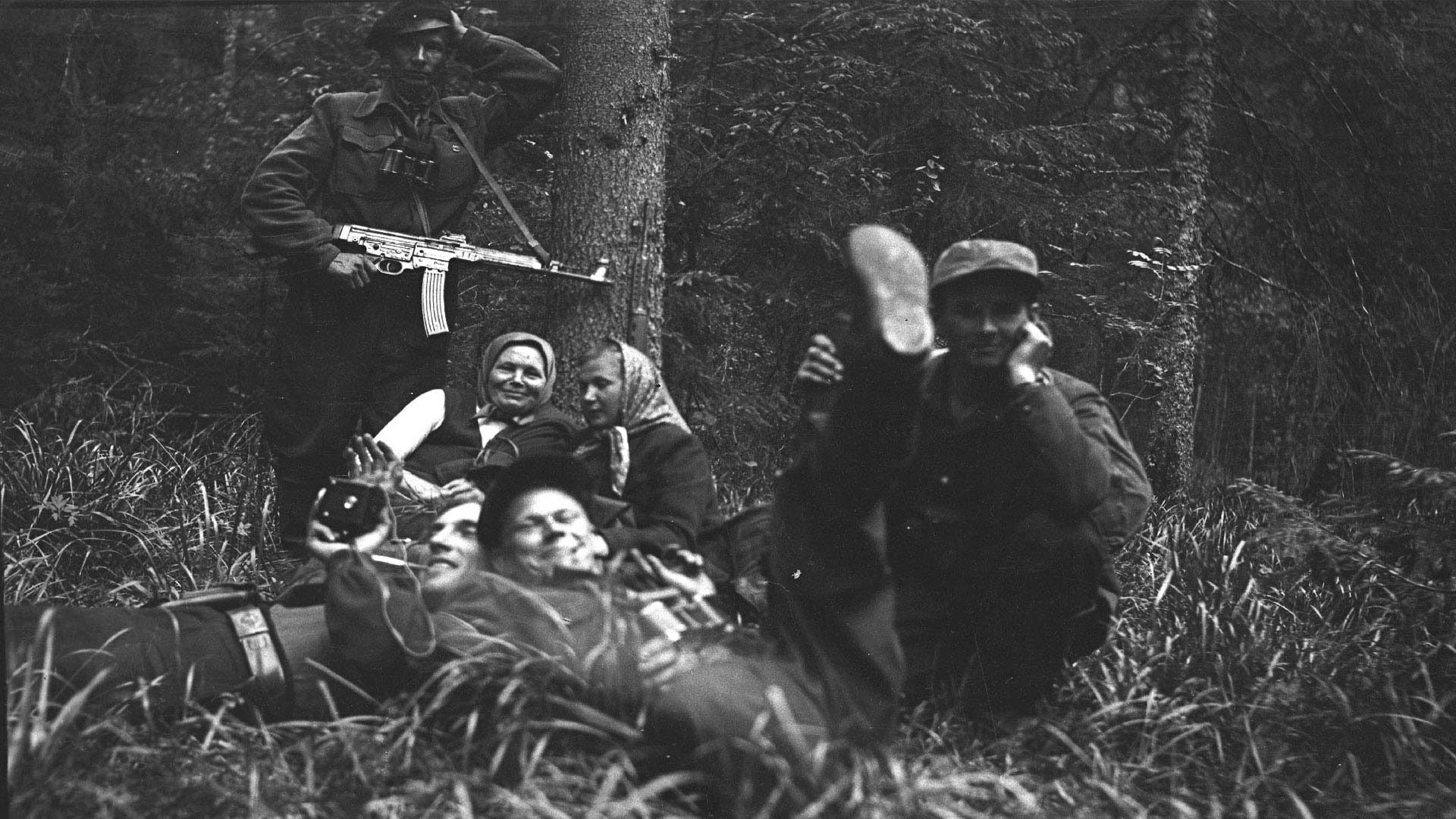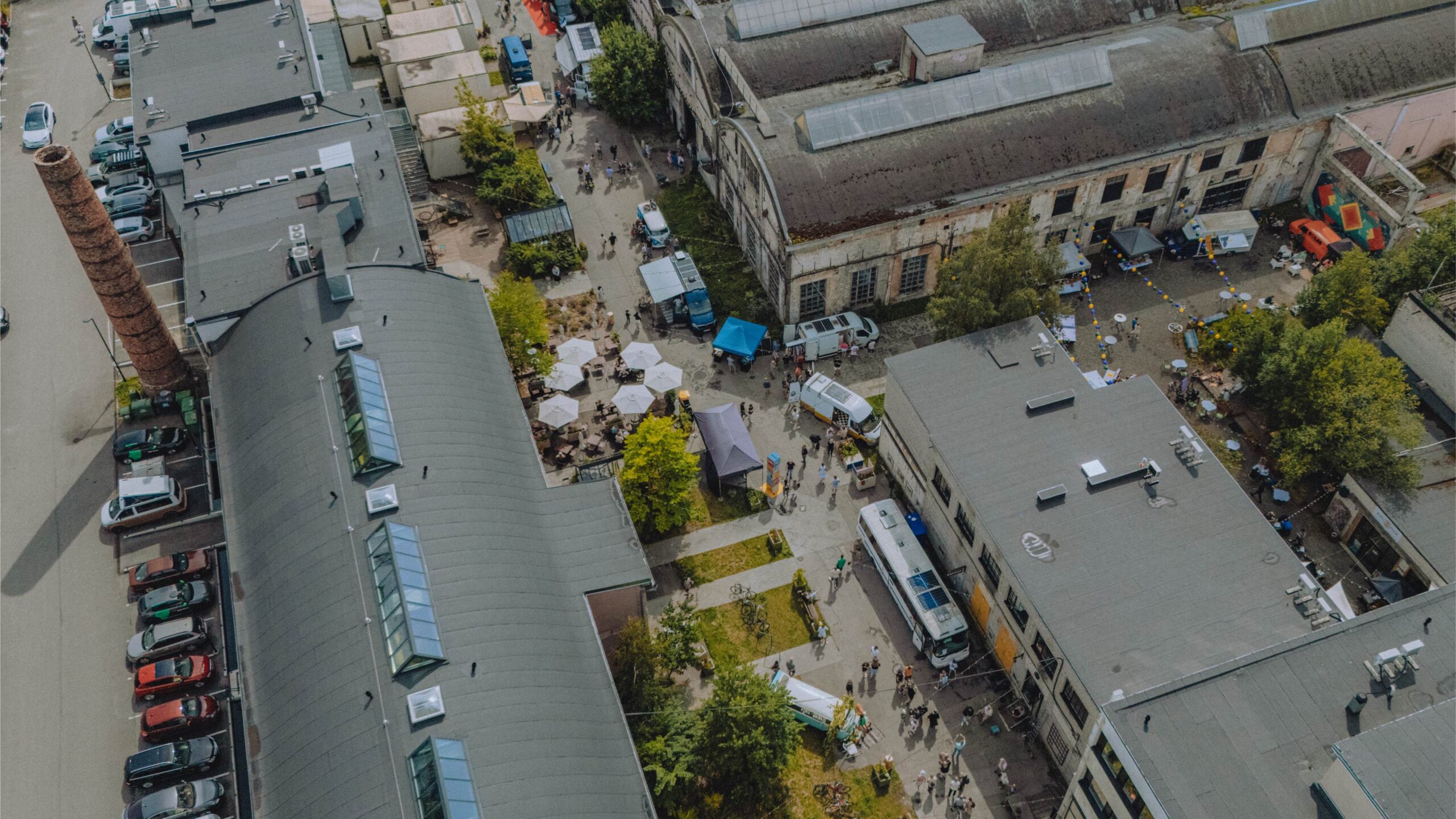Hillar Lauri from Eesti Elu had the pleasure of sitting down with Aleksa Gold (23, from Toronto), Keili Moore (24, from Montréal), and Helle Wichman (27, from Lansing, Michigan) in the Old Town of Tallinn.

All three of them have been living in Estonia for more than a year, and we asked them to comment on their experiences in Tallinn, compared to cities in North America. Here’s what we heard:
What does meeting up with friends on a Saturday night look like?
Although some friends live in the suburbs of Tallinn, such as Lasnamäe or Mustamäe, people generally don’t gather there...
Täismahus artikkel on loetav Eesti Elu tellijatele
Igal nädalal toome me sinuni kõige olulisemad kogukonna uudised ja eksklusiivsed lood uutelt kolumnistidelt. Räägime eestlastele südamelähedastest teemadest, kogukonna tegijatest ja sündmustest. Loodame sinu toele, et meie kogukonna leht jätkuks pikkadeks aastateks.
Hind alates $2.30 nädalas.



